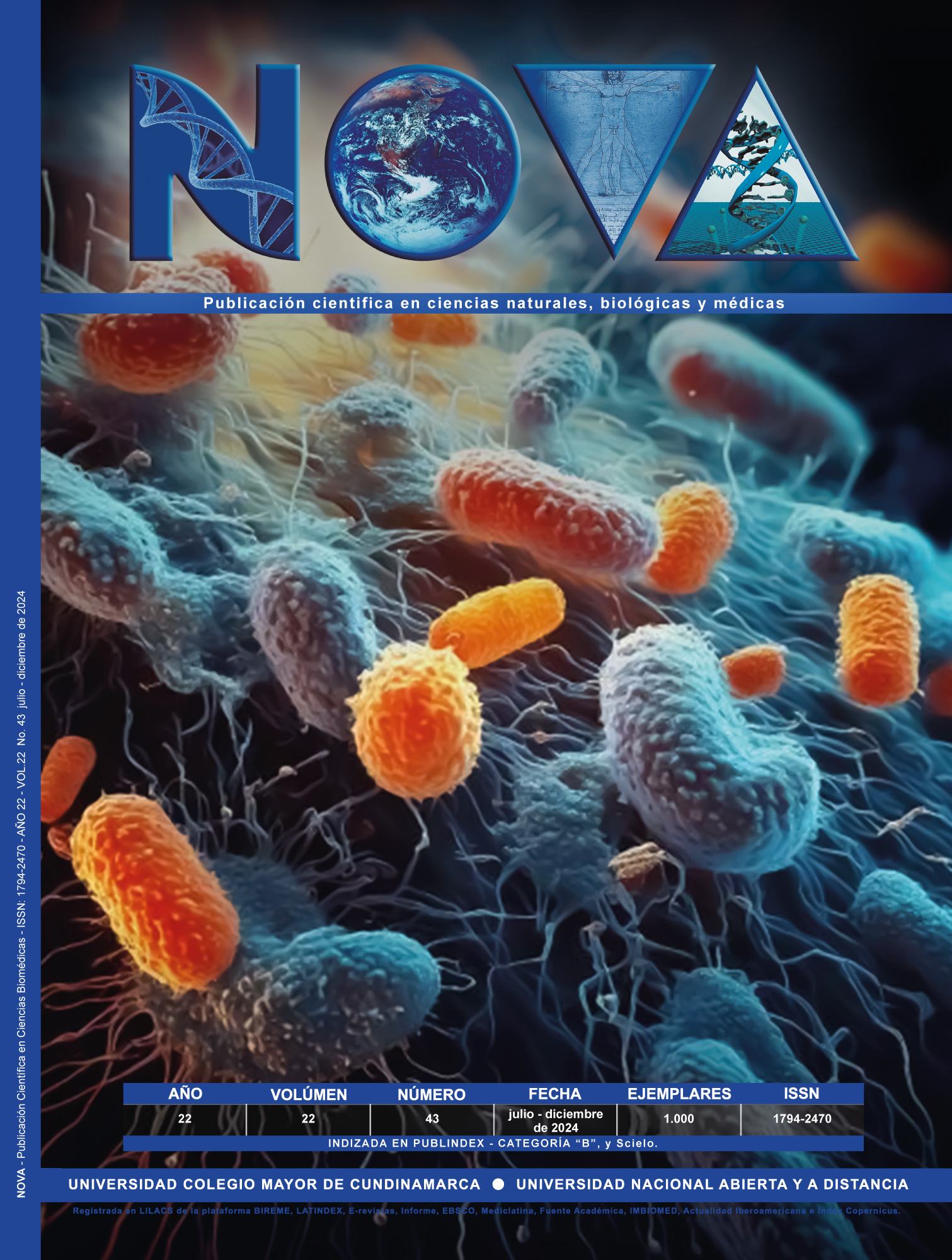Determination of serum fructosamine concentrations in type 2 diabetic patients from the municipality of Moniquirá, Boyacá
Introduction. Type 2 diabetes mellitus (T2DM) constitutes a public health problem. He moglobin A1c (HbA1C) is used for its monitoring; however, it has disadvantages in patients with hemoglobin alterations. On the other hand, fructosamine allows for the evaluation of glycation of all proteins present in the serum, reflecting blood glucose levels over the past
2-3 weeks. This biomarker can be used in the glycemic control of patients with T2DM. Objective. To establish serum fructosamine concentrations in patients with T2DM in the municipality of Moniquirá, Boyacá, and to explore associations between elevated fructosamine levels and sociodemographic factors. Methodology. An analytical cross-sectional study was conducted with a sample of 53 participants who were referred to a second-level complexity institution in Moniquirá. A sociodemographic information questionnaire and a clinical survey were administered. Serum concentrations of fructosamine, glucose, total proteins, and albumin were determined. The association between fructosamine and the sociodemographic variables of interest was evaluated, and odds ratios (OR) with 95% confidence intervals (CI) were estimated. Results. 62.3% of the population were women and 37.7% were men; all showed elevated fructosamine concentrations. A significant positive association was found in the group of participants with fructosamine above the population mean (>776 mmol/L) and the single marital status (OR=3.83; 95% CI=1.22-11.98). Conclusions. Fructosamine is proposed as a useful biomarker for the short-term monitoring
of diabetic patients.










